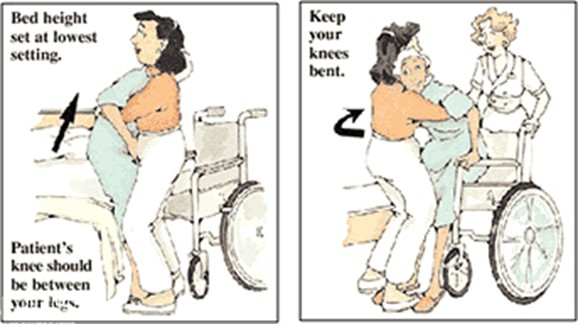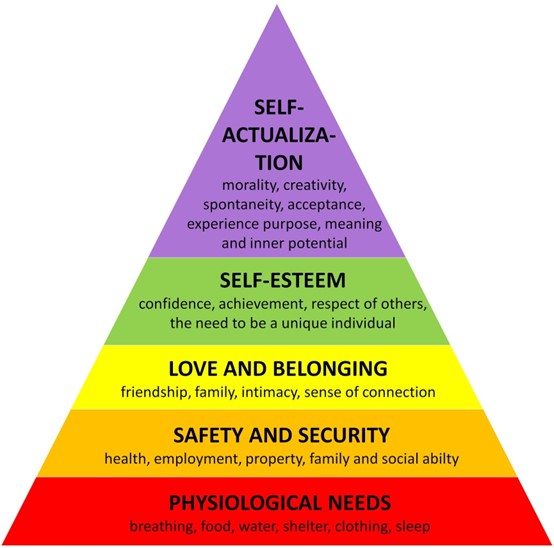A nurse is assisting with a transfer from the bed to a wheelchair.
Which of the following is a priority action of the nurse to ensure client safety?
Encourage the client to push up from the wheelchair.
Ensure the client is bathed before getting into the wheelchair.
Lock the wheels of the wheelchair.
Place the bed in the trendelenburg position.
The Correct Answer is C
Locking the wheels of the wheelchair is a priority action of the nurse to ensure client safety during a transfer from the bed to a wheelchair.
This prevents the wheelchair from moving or rolling away during the transfer, which could result in injury to the client.

Choice A is not an appropriate response because encouraging the client to push up from the wheelchair may not be safe or feasible for all clients.
Choice B is not an appropriate response because ensuring the client is bathed before getting into the wheelchair is not directly related to client safety during the transfer.
Choice D is not an appropriate response because placing the bed in the trendelenburg position could make it more difficult for the client to transfer
Nursing Test Bank
Naxlex Comprehensive Predictor Exams
Related Questions
Correct Answer is C
Explanation
Accepting pauses or silences that may extend for some time without interjecting a verbal response is considered therapeutic communication12.
Therapeutic communication is a collection of techniques that prioritize the physical, mental, and emotional well-being of patients1.
Deliberate silence can give both nurses and patients an opportunity to think through and process what comes next in the conversation1.
Choice A is not correct because accepting pauses or silences is not considered rude behavior.
Choice B is not correct because accepting pauses or silences is not considered a barrier to communication.
Choice D is not correct because accepting pauses or silences is not considered a form of verbal communication.
Correct Answer is D
Explanation
According to Maslow’s Hierarchy of Needs, all people have basic human needs that must be met before they can attend to higher needs.
These basic human needs are physiological (food and clothing), safety (job security), love and belonging needs (friendship), esteem, and self-actualization1.

Choice A is incorrect because people do not have the same needs at the same time.
Choice B is incorrect because Maslow’s Hierarchy of Needs does not mention the risk of becoming ill.
Choice C is incorrect because not all people have a desire to be the best.
Whether you are a student looking to ace your exams or a practicing nurse seeking to enhance your expertise , our nursing education contents will empower you with the confidence and competence to make a difference in the lives of patients and become a respected leader in the healthcare field.
Visit Naxlex, invest in your future and unlock endless possibilities with our unparalleled nursing education contents today
Report Wrong Answer on the Current Question
Do you disagree with the answer? If yes, what is your expected answer? Explain.
Kindly be descriptive with the issue you are facing.
